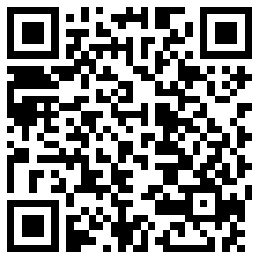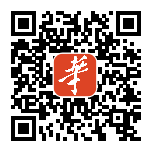USAMRIID received a sample of the virus from the Centers for Disease Control and Prevention, said Kathleen Gibson, chief of the Core Laboratory Services Division at USAMRIID.
Researchers at the laboratory are cultivating the virus in order to have enough for future tests and other needs. That can include making sure a test result is correct. At USAMRIID, the virus is multiplied, purified and then divided among projects, Gibson said.
USAMRIID is part of the Laboratory Response Network, which means it can test samples in a diagnostic capacity, she said.
USAMRIID and the U.S. Army Medical Research and Development Command, which oversees the laboratory, are two tools in the fight against COVID-19, an “extraordinary challenge,” said Secretary of the Army Ryan McCarthy at a press conference after his tour.
There will be an infusion of funding for the Army to help address COVID-19, McCarthy said.
Some of that money will likely go toward research conducted at USAMRIID and other units under USAMRDC, such as the Walter Reed Army Institute of Research.
“The heroes in this fight are going to be some of the people we saw today,” said Gen. James C. McConville, Army chief of staff.
While there was an infusion of funding going toward COVID-19, and USAMRDC will receive some, $104 million in funding is still being withheld from USAMRIID and the U.S. Army Research Institute of Chemical Defense at Aberdeen Proving Ground, said Brig. Gen. Michael Talley, USAMRDC commander.
USAMRDC is working to have the funding released, Talley said. But in terms of funding to address SARS-CoV-2 research, they are fine, he said.
The coronavirus is handled in a biosafety level three laboratory requires researchers to don a gown, face shield and an n95 respirator mask. It is a step down from the highest biosafety level, BSL 4, where pathogens such as Ebola are studied. Still, most people would not encounter a BSL 3 laboratory


 管理COOKIES
管理COOKIES